I'm looking for a document with the possible metadata property names and config parameters for a component.
There are many documents on the internet with such definition. The question is how I know if the name of a property/parameter setting is a valid name.
metadata : {
name : "XXXXX",
version : "1.0",
includes : [],
dependencies : {
libs : ["sap.m", "sap.ui.layout"],
components : []
},
rootView : "XXXXX",
config : {
resourceName : "i18n",
resourceBundle : "XXXX",
serviceConfig : {
name : "main",
serviceUrl : "XXXXX",
}
}
